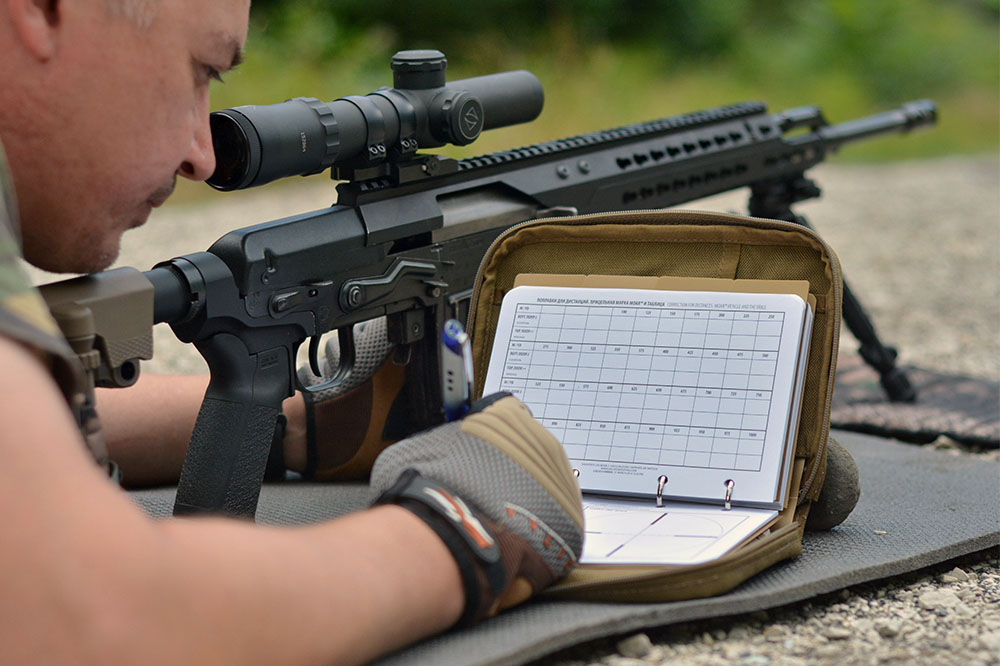
Zyklon labels from used as evidence at the. The first and third panels contain manufacturer information and the brand name.
Kupona Foundation is dedicated to providing high quality healthcare to those who need it most in Tanzania. ApGPUlDkrfqvQcにお住まいの Perdita さんの記帳 2rand[0,1,1]歳 ツ男性: 2016年04月28日(木) 07時12分.
The centre panel reads 'Poison Gas! Cyanide preparation to be opened and used only by trained personnel'. Zyklon B ( German: ( ); translated Cyclone B) was the of a -based invented in Germany in the early 1920s. It consisted of (prussic acid), as well as a cautionary and one of several such as.
The product is infamous for its use by during to murder approximately one million people in installed at,, and other. Hydrogen cyanide, a poisonous gas that interferes with, was first used as a pesticide in in the 1880s. Research at of Germany led to the development of Zyklon (later known as Zyklon A), a pesticide which released hydrogen cyanide upon exposure to water and heat. It was banned after a similar product was used by Germany as a in. In 1922, Degesch was purchased by, where a team of chemists that included [] and developed a method of packaging hydrogen cyanide in sealed canisters along with a cautionary eye irritant and one of several such as.
The new product was also named Zyklon, but it became known as Zyklon B to distinguish it from the earlier version. Uses included clothing and fumigating ships, warehouses, and trains. In early 1942, Zyklon B emerged as the preferred killing tool of Nazi Germany for use in extermination camps during the Holocaust. Around a million people were killed using this method, mostly at Auschwitz. Tesch was executed in 1946 for knowingly selling the product to the for use on humans.
Hydrogen cyanide is now rarely used as a pesticide, but still has industrial applications. Firms in several countries continue to produce Zyklon B under alternative brand names, including Detia-Degesch, the successor to Degesch, who renamed the product Cyanosil in 1974. Contents • • • • • • • • • • • • Mode of action [ ] is a poisonous gas that interferes with. Cyanide prevents the cell from producing (ATP) by binding to one of the involved in the. This protein,, contains and has containing iron groups.

The cyanide component of Zyklon B can bind at one of these iron groups, a3, forming a more stabilized compound through metal-to-ligand. As a result of the formation of this new iron-cyanide, the electrons that would situate themselves on the heme a3 group can no longer do so. Instead, these electrons destabilize the compound; thus, the heme group no longer accepts them. Consequently, electron transport is halted, and cells can no longer produce the energy needed to synthesize ATP. In a human weighing 68 kilograms (150 lb), death occurs within two minutes of inhaling 70 mg of hydrogen cyanide. Multipoint speakerphone bluetooth manual. Empty Zyklon B canisters found by the at in 1945 In early 1942, Zyklon B emerged as the preferred killing tool of for use in during.